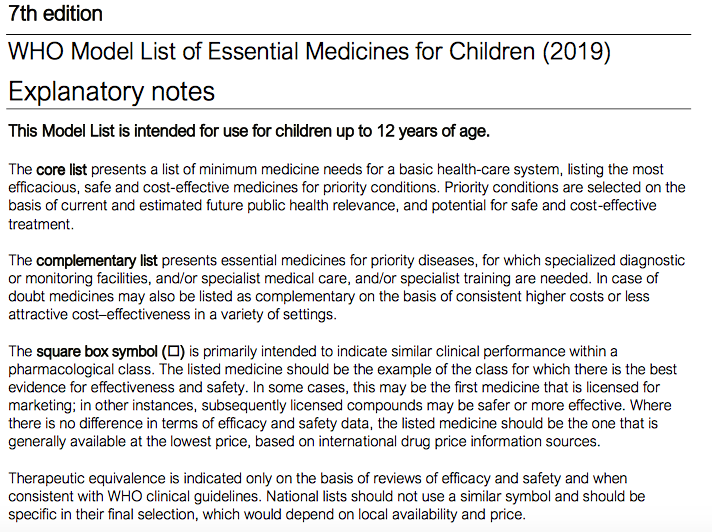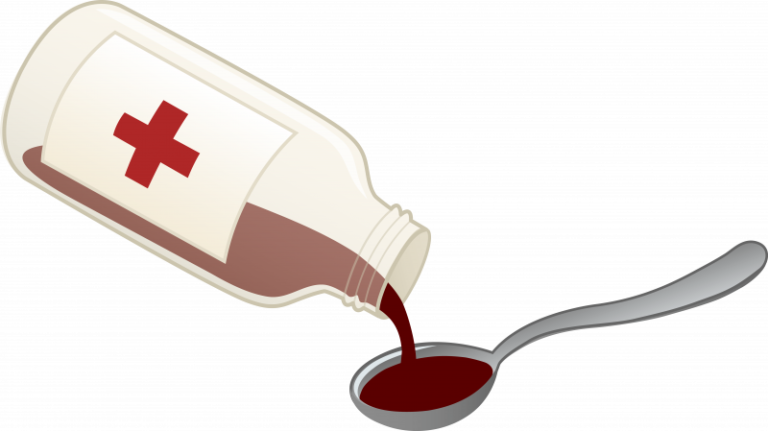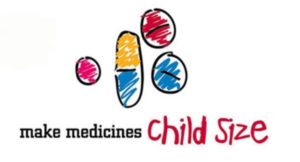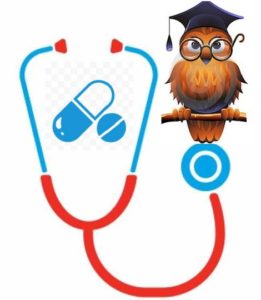


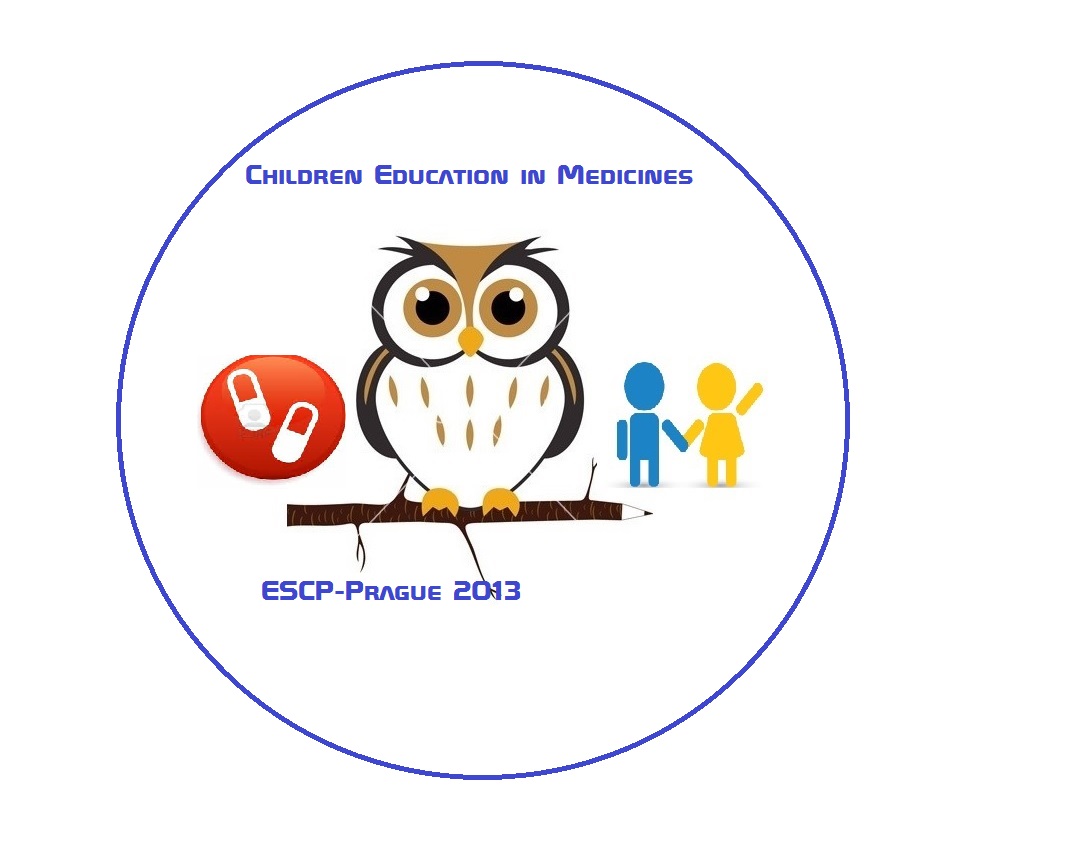

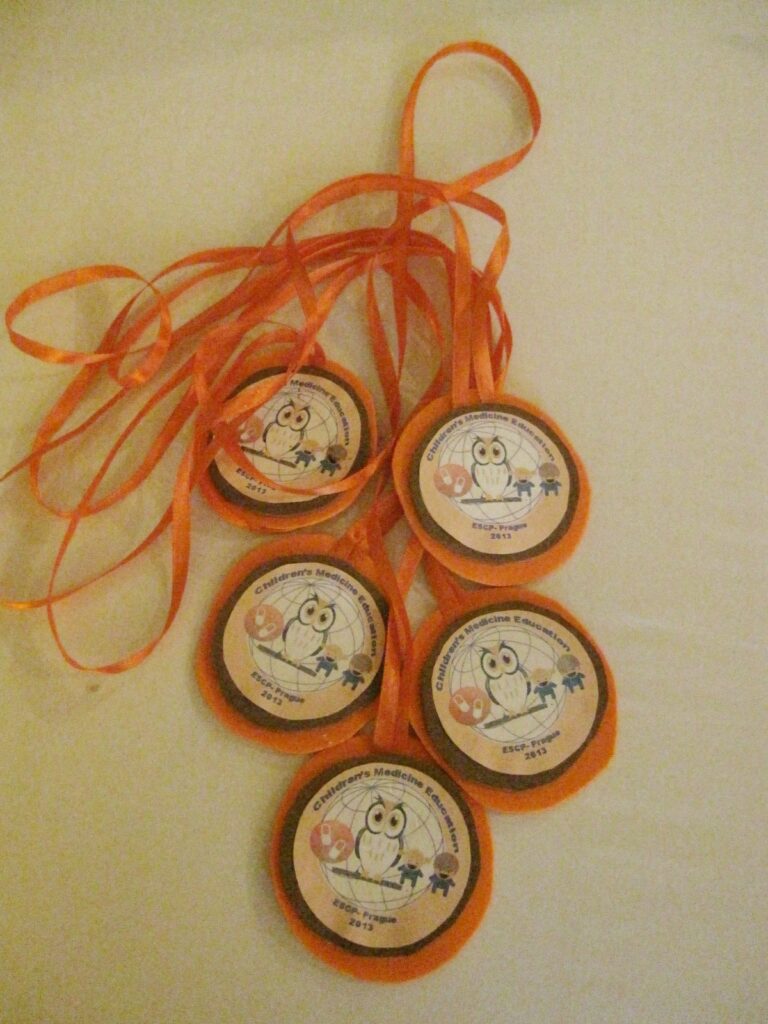
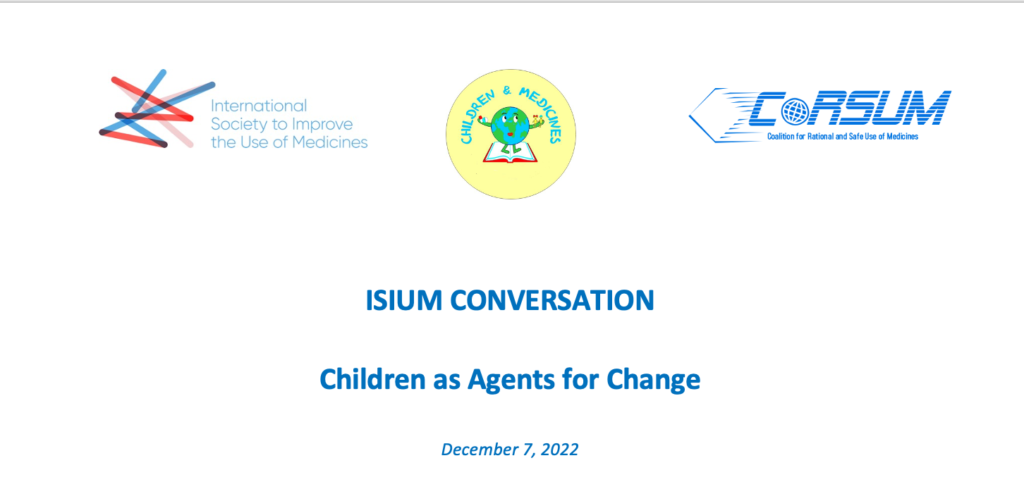
Program
- From science to practice: Can school children play a role in promoting rational medicine use in their community? (Natalia Cebotarenco, Los Angeles, USA)
- How children in Kazakhstan perceive medicines (Raikhan Tuleutaeva, Semey, Kazakhstan)
- How kindergarten children can provide knowledge to their parents (Svetlana Shetinina, Chișinău, Moldova)
- Medicine use through the eyes of a teenager from Kazakhstan (Alisha Maratova, student, Astana, Kazakhstan)


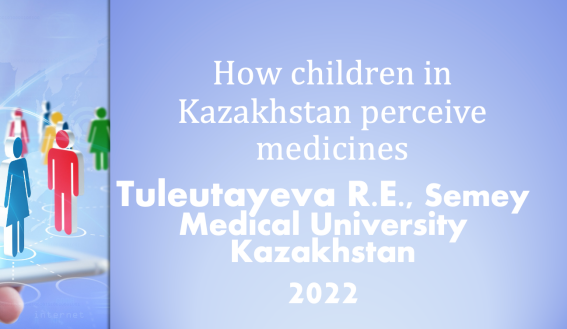



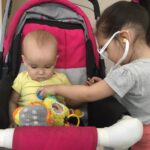
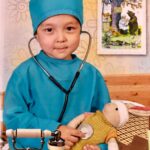
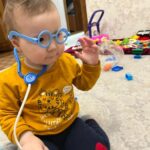


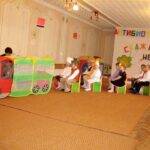

Children from kindergarten talk about medicines
Children and Medicines, Tiraspol, Moldavia, 2007
Children from Kazakhstan talk about antibiotic use in cold and flu.
The types of medication errors that are most prevalent in pediatrics include but are not limited to the following:
- Incorrect Dosing: One of the most prevalent medication errors in children involves inaccurate dosing, which could result in under or overdosing.
Wrong Medication: Administration of the incorrect medication to a child is another significant error. It can happen due to similarities in drug names or packaging, look-alike/sound-alike medications, or mix-ups during medication preparation or administration.
Administration Errors: Errors during medication administration may include incorrect administration routes, timing, or usage of improper technique or device.
Medication Omissions: Medication omissions involve missing doses or failing to administer prescribed medications to children. These types of errors can occur due to miscommunication, lack of awareness, or oversight during medication administration.
Prescribing Errors: Errors in prescription like incorrect dosage instructions, incorrect frequency or duration, or illegible prescriptions can lead to medication errors.
Wrong Strength or Formulation: Administering medication with the incorrect strength or formulation can result in dosing errors and potential harm to the child.
Drug-Drug Interactions: Children who take multiple medications, including prescription drugs and over-the-counter medications, are at risk of drug-drug interactions. These interactions can lead to adverse effects or reduced efficacy of medications.
Неправильная дозировка. Одна из наиболее распространенных ошибок при приеме лекарств у детей связана с неточной дозировкой, что может привести к недостаточной или передозировке.
Неправильное лечение. Назначение ребенку неправильного лекарства — еще одна серьезная ошибка. Это может произойти из-за сходства названий или упаковки лекарств, похожих/похожих по звуку лекарств или путаницы во время приготовления или приема лекарств.
Ошибки введения. Ошибки во время введения лекарств могут включать неправильные пути введения, время введения или использование неправильной техники или устройства.
Упущения в приеме лекарств. Упущения в приеме лекарств связаны с пропуском доз или невыполнением назначения прописанных лекарств детям. Ошибки такого типа могут возникать из-за недопонимания, недостаточной осведомленности или недосмотра во время приема лекарств.
Ошибки при назначении лекарств. Ошибки в рецептах, такие как неправильные инструкции по дозировке, неправильная частота или продолжительность приема или неразборчивые рецепты, могут привести к ошибкам в приеме лекарств.
Неправильная дозировка или рецептура. Прием лекарств с неправильной дозировкой или рецептурой может привести к ошибкам в дозировке и потенциальному вреду для ребенка.
Лекарственное взаимодействие. Дети, которые принимают несколько лекарств, включая лекарства, отпускаемые по рецепту и без рецепта, подвергаются риску лекарственного взаимодействия. Эти взаимодействия могут привести к побочным эффектам или снижению эффективности лекарств.
Publications about medicines for children
Health Education Research, Volume 23, Issue 1, February 2008, Pages 146–157, https://doi.org/10.1093/her/cym008
Patricia J. Busha and Natalia Cebotarencob
МОЖЕТ ЛИ РЕБЕНОК ПОВЛИЯТЬ НА ОТНОШЕНИЕ СВОИХ РОДИТЕЛЕЙ К ЛЕЧЕНИЮ ГРИППА И ПРОСТУДЫ?
Модельный Список лекарственных средств для детей 9-ый, выпуск, 2023
Barriers to pediatric drug development identified by workshop participants include ethical concerns, economic barriers, and logistical and technical issues. Delays in pediatric drug testing that result from these barriers have led to unnecessary exposure to ineffective drugs or ineffective dosing of effective drugs, both of which prevent patients from receiving appropriate therapies. Dr. Murphy noted that, absent the results of pediatric drug testing, it is impossible to know whether a drug found effective for adults will work well in children, or might work in children if the dose were adjusted. Without pediatric testing and long-term surveillance, it is also impossible to know what safety signals to watch for and how to manage them, and adverse events that might be unique to pediatric populations remain unknown.
According to Dr. Nelson, ethical concerns should not be a barrier to pediatric research. Although children cannot consent to participate in research studies, there is broad international agreement on three core ethical principles that should guide pediatric research:
- Children should not be enrolled in research unless necessary to answer an important scientific question about the health and welfare of children.
- Research involving children must be characterized by a balance of risks and potential benefits comparable to that of available alternatives.
- Research offering no direct benefit to children must be restricted to that posing minimal risk.
The World Health Organization in 2007, launched the ‘make medicines child size’ «MMCS» campaign to ensure that children receive the right medicine in the right dose. The MMCS initiative defined ‘child size medicines’ as those with: appropriate strengths and, child-friendly characteristics such as suppositories, solutions and flexible solid oral dosage formulations. The United Nations (UN) member states were urged to make the procurement and supply of ‘child size medicines’ a priority and also ensure that there are corresponding legislative and regulatory measures for safe medicine use among children. WHO also accentuated the importance of children’s medicines being based on the recent evidence of efficacy and safety for treating the specified children. Flexible solid oral dosage forms are considered most suitable for children at the global level especially for developing countries. The flexible solid oral dosage forms include tablets that are dispersible and can be used for preparation of oral liquids suitable for the younger age groups, powders, granules and pellets.
A majority of therapeutics are not available as suitable dosage forms for administration to pediatric patients. The first part of this review provides an overview of clinical and technological challenges and opportunities in the development of child-friendly dosage forms such as taste masking, tablet size, flexibility of dose administration, excipient safety and acceptability. In this context, developmental pharmacology, rapid onset of action in pediatric emergency situations, regulatory and socioeconomic aspects are also reviewed and illustrated with clinical case studies. The second part of this work discusses the example of Orally Dispersible Tablets (ODTs) as a child-friendly drug delivery strategy.
- Устойчивость к антибиотикам является сегодня одной из наиболее серьезных угроз для здоровья человечества, продовольственной безопасности и развития.
- Устойчивость к антибиотикам может затронуть любого человека, в любом возрасте и в любой стране.
- Устойчивость к антибиотикам — естественное явление, однако неправильное использование антибиотиков людьми и их неправильное введение животным ускоряет этот процесс.
- Все больше инфекционных заболеваний – например пневмонию, туберкулез, гонорею и сальмонеллез – становится труднее лечить из-за снижения эффективности антибиотиков.
- Следствием устойчивости к антибиотикам являются более продолжительные госпитализации, рост медицинских расходов и смертности.
Назначение и применение антибиотиков при простудных заболеваниях и гриппе широко распространено, несмотря на известный факт, что, антибиотики не уничтожают вирусы. За последние 50 лет люди настолько полюбили антибиотики, что редко задумываются о целесообразности их приема. Если заболел ребенок, кто первым стоит первым вопросом – вызывать врача или сразу же назначать антибиотики? Очевидно, что это – родители детей. Поэтому, прочитав заглавие этой статьи, вы наверняка удивились: «Как может ребенок принимать решения в таком важном вопросе, как лечение гриппа и простуды? Как вообще может ребенок влиять на принятие решения родителями?!»




